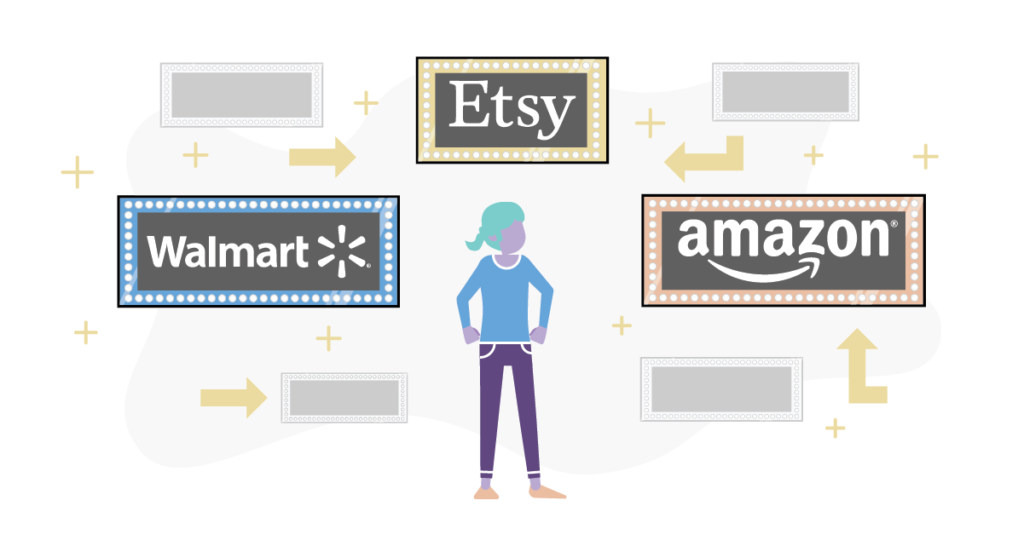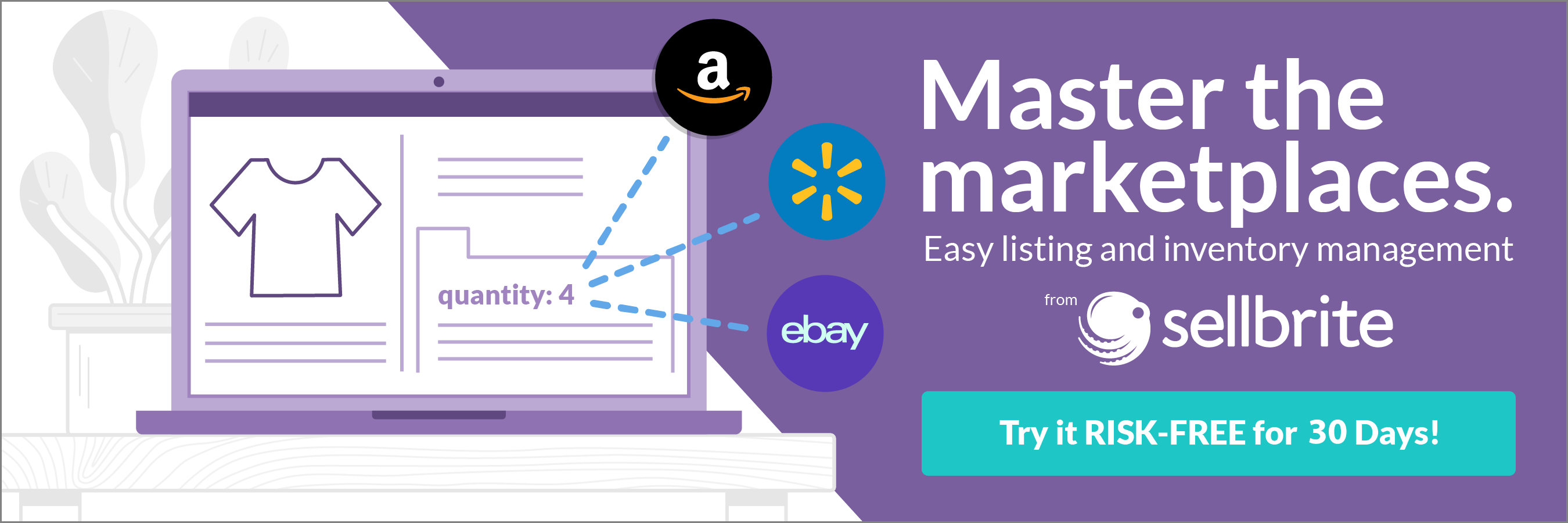I was chatting with a colleague the other day, and he asked me an interesting question:
“Do sellers ever complain about the fees required to sell on a marketplace?”
[gap height=”15″]
It’s a question with lots of angles, but I knew my answer almost immediately. The answer is… yes, but really no.
Fact: marketplace selling is hard. There are lots of things about which sellers can, and do, legitimately complain. They’re treated pretty poorly by the various marketplaces (unless they are huge sellers, in which case the marketplace courts them and simultaneously studies/copies them). Small infractions can lead to the complete shutdown of their revenue stream. Their word is less valued than that of the buyer, because buyer satisfaction is paramount.
Competition is fierce. Some marketplaces even compete against sellers. Customers can be unfair, and loyalty to the seller hardly exists.
And fees… they’re seemingly everywhere, and seemingly increasing, constantly.
Insertion fees, storage fees, monthly fees, postage fees… the only fees that have been relatively consistent over the years are the commissions, but given the increase in cost of goods over the last decade, I suppose they’re actually increasing, too.
So yeah, there are lots of things for sellers to complain about. But do they complain that the fees aren’t worthwhile? In other words, do they complain that marketplace selling is not worth it?
(Just one) cost of doing business
[gap height=”15″]
If you’ve ever launched an ecommerce website, then you almost unequivocally see at least one point of value in marketplaces. There’s traffic, and lots of it.
Why is this relevant?
Because driving traffic to your own website is incredibly expensive. Depending on the margin structure of your products, it can be a non-starter out the gate.
CPCs for commoditized products have gone bonkers. It used to be you could drive traffic to your own property for 3%-5% cost of sale with room to scale significantly. When I used to sell power tools online, we’d be thrilled if we could get our marketing cost of sale below 25%, but we’d live with 35% because our email, retargeting, cross-sell and re-sell game was buttoned up, so we knew we had a good chance to get that customer back for a second or third time.
After all, it’s 7 times more expensive to acquire a new customer than to retain an existing one. That is, if you’re good at what you do once a customer is in your world.
Google Ads today will let you buy ads for $3-$10…. per CLICK! And it’s not just consumer product businesses that are struggling, try searching for ‘Inventory Management Software’ online and see how many ads are out there. In our business, it’s not uncommon to see $15-$20 PER CLICK for the top spots. Absolutely insane. But we’re SaaS, which means we can spend a little more to acquire a customer, since they stick with us for months or years. Still, it’s insane and ripe for its own disruption.
That all being said, there are lots of ways to drive traffic that don’t involve shelling out money to Google (and this blog is one of them!). And in all fairness and transparency, we preach the virtues of having your own ecommerce website and diversifying from the marketplaces daily here at Sellbrite. But it’s a long game, and sellers are impatient by nature. Building a content strategy requires its own investments in time and money.
2 Types of Sellers
[gap height=”15″]
The answer to my colleague’s question depends on where a seller sits on the spectrum of success. And the spectrum isn’t really even a spectrum, it’s a binary function.
It’s 1 vs. 0.
If you’ve tasted success in online retail… in other words, if you’ve ever sold anything at all, you see the value in marketplaces. Because the economics better than average, and they’re remarkably consistent.
At the end of the day, after choosing your vertical or niche, sourcing product, developing your content, investing in inventory, solving global logistics and everything else that goes into the pre-launch / post-launch supply chain process, all you really need to do is show up. Because the traffic is there to shop. The technology is there to help shoppers convert. The merchandising is done for you. And in some cases, like Walmart, the marketplace is even advertising for you.
It costs the same (almost) every time. On Amazon, you’re paying a 15% marketing cost to acquire traffic that, unless you have a strong brand, you’re never going to acquire that efficiently and consistently on your own.
But most importantly, the odds are increasingly stacked against you as a small brand out there on your own. Trends support shopper convenience, personalization, and aggressive return policies. All of which only work scale.
So there are really only 2 types of sellers in this argument: those that are brand new and have never sold anything online, and those that have. The ones that have never sold anything before have the same concerns of any individual looking to start a business: the upfront costs required for the venture might be too great a risk.
The ones that have, know that it’s never been easier to build a predictable retail business, and the marketplaces have made this so.
Do marketplace sellers ask if marketplaces are worth the cost? Yes, they do. But then they answer themselves, and quickly get back to work listing their next product.



